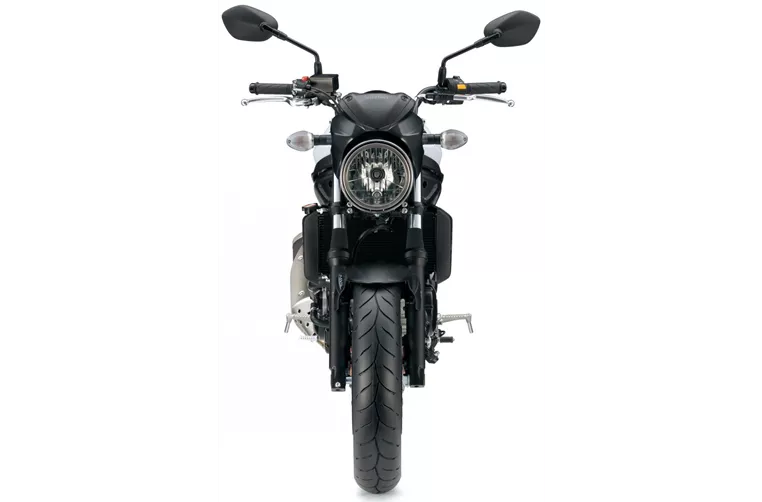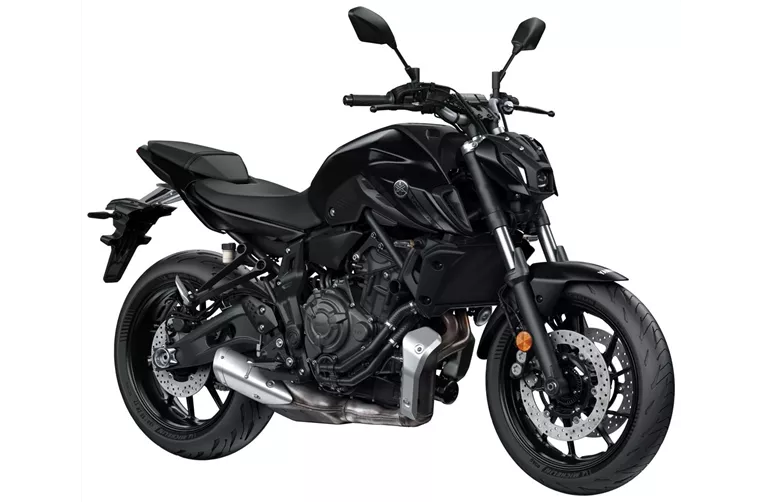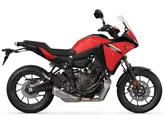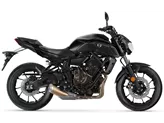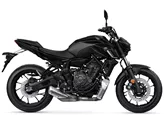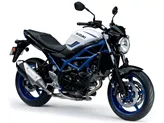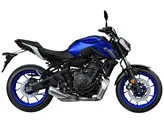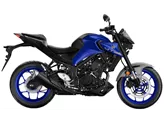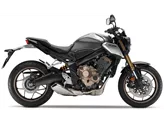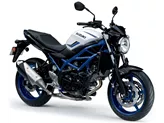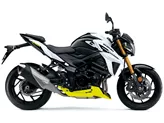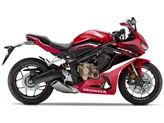Suzuki SV 650 2016 vs. Yamaha MT-07 2021
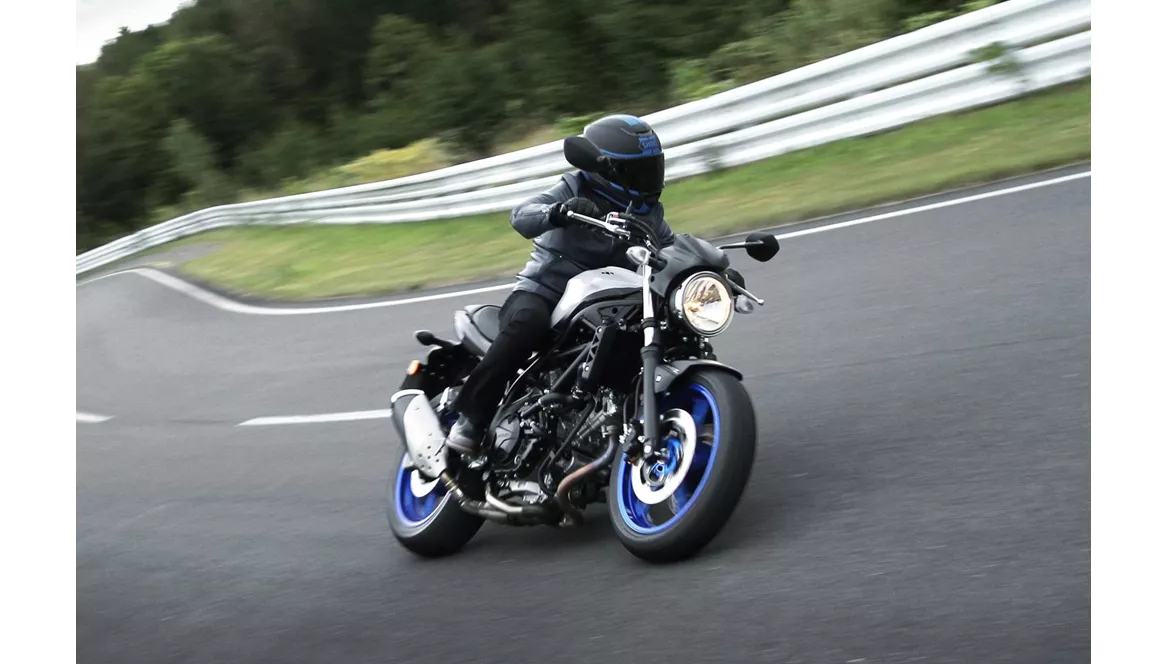
Suzuki SV 650 2016
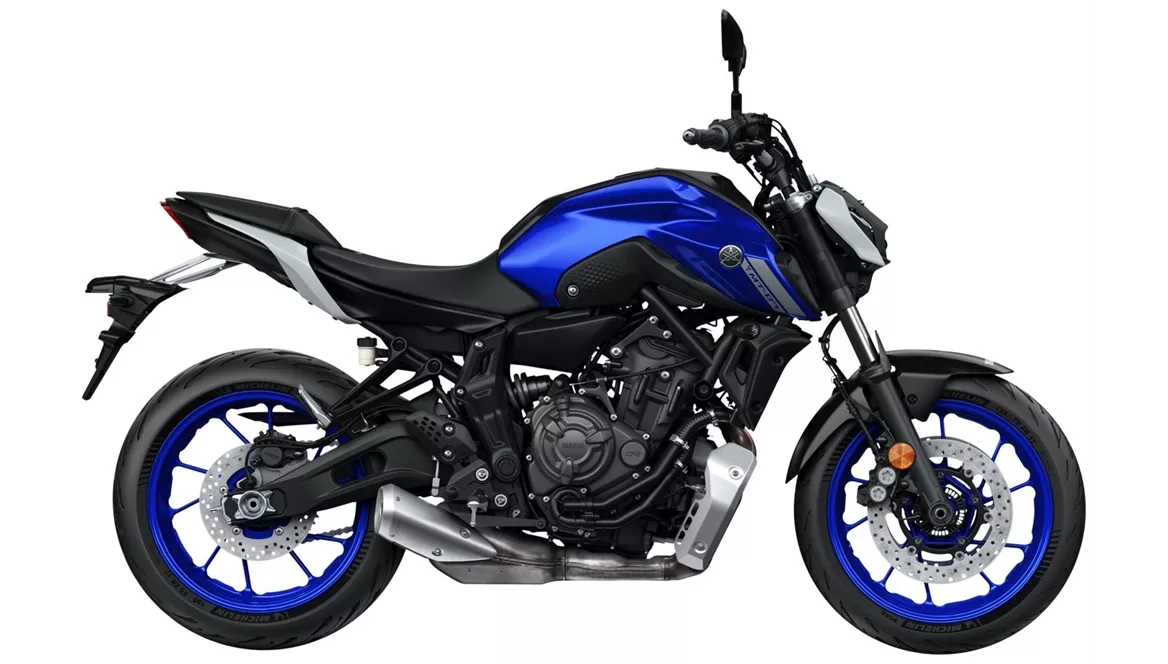
Yamaha MT-07 2021
Overview - Suzuki SV 650 2016 vs Yamaha MT-07 2021
The Suzuki SV 650 2016 and the Yamaha MT-07 2021 are both popular naked bikes with similar technical specifications. However, there are some notable differences between the two models.
In terms of engine performance, the Suzuki SV 650 2016 is equipped with a V2 engine that delivers 76 horsepower and 64 Nm of torque. On the other hand, the Yamaha MT-07 2021 features an inline twin engine with slightly lower power output at 73.4 horsepower and 67 Nm of torque. Both bikes have fuel injection systems and liquid cooling.
Both the SV 650 and the MT-07 have a 2-cylinder configuration and use a telescopic fork for the front suspension and a swing arm with a monoshock for the rear suspension. The chassis of both bikes is made of steel, providing stability and durability.
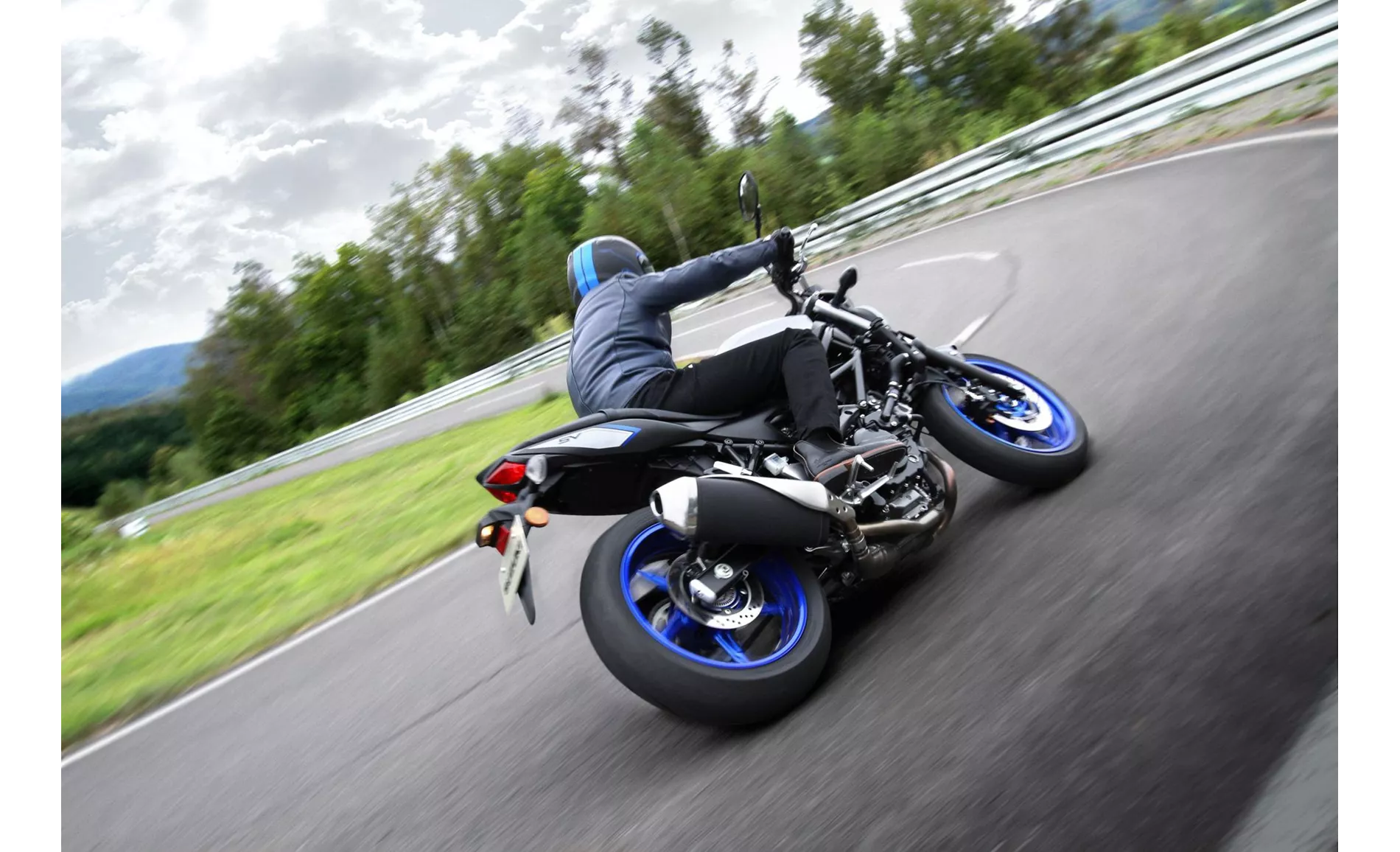
Suzuki SV 650 2016
When it comes to braking, both bikes are equipped with double disc brakes at the front. However, the Yamaha MT-07 2021 has slightly larger front brake discs with a diameter of 298mm compared to the 290mm discs on the Suzuki SV 650 2016. Both models also come with ABS as an advanced rider assistance system.
In terms of dimensions and weights, the Yamaha MT-07 2021 has a slightly shorter wheelbase of 1400mm compared to the 1445mm wheelbase of the Suzuki SV 650 2016. The seat height of the MT-07 is also slightly higher at 805mm compared to the 785mm seat height of the SV 650. Additionally, the MT-07 has a larger rear tire width of 180mm compared to the 160mm width on the SV 650.
When it comes to weaknesses, the Suzuki SV 650 2016 has a poorly readable digital tachometer, which can be a drawback for some riders. On the other hand, the Yamaha MT-07 2021 has a chassis that may find its limits with a very sporty driving style.
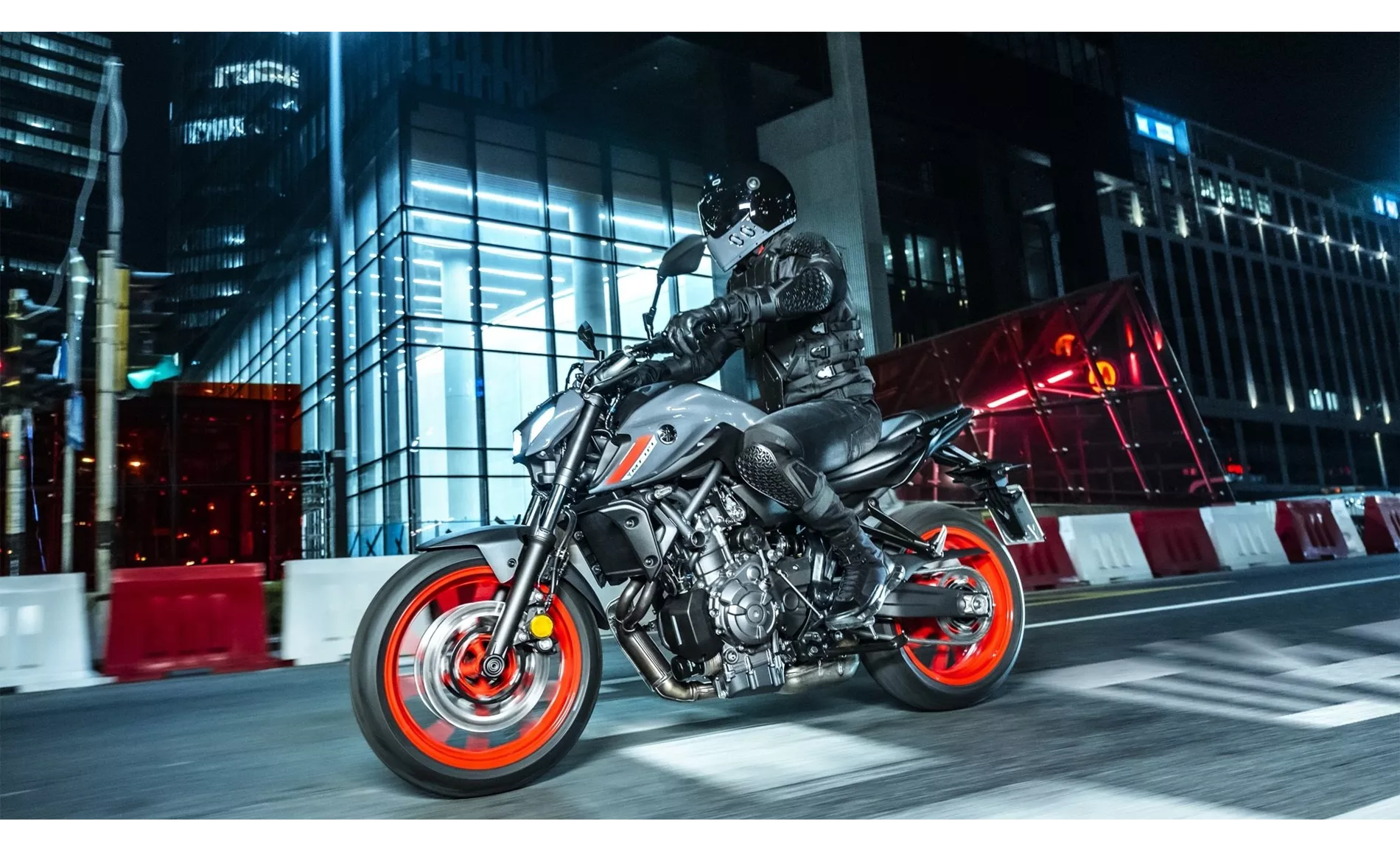
Yamaha MT-07 2021
In terms of strengths, the Suzuki SV 650 2016 offers an agile and powerful engine with a typical V2 sound. It also has a pleasant and low seating position, making it comfortable for riders. The bike is known for its easy handling and comfortable chassis, as well as brakes with good control.
The Yamaha MT-07 2021, on the other hand, has a great engine and offers pleasant ergonomics. It provides a transparent brake feel and has a good price-to-performance ratio. The bike also offers transparent handling and a good mix of cool and practical features.
Overall, both the Suzuki SV 650 2016 and the Yamaha MT-07 2021 are solid choices in the naked bike segment. The decision between the two models ultimately depends on individual preferences and priorities, such as riding style, comfort, and design.
Technical Specifications Suzuki SV 650 2016 compared to Yamaha MT-07 2021
Pros and Cons in comparison
Pros and Cons in comparison
Suzuki SV 650 2016
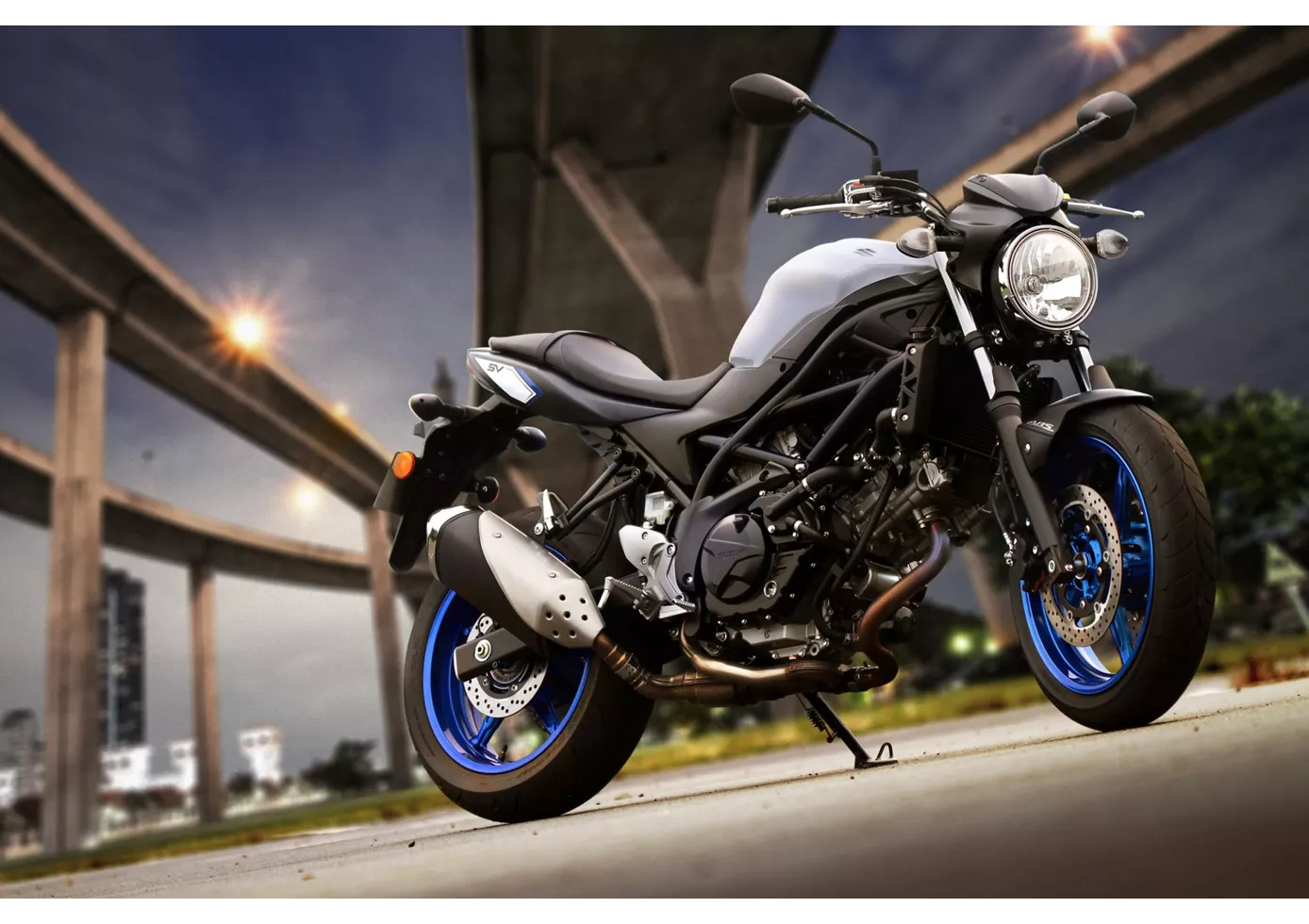
The new SV650 continues the visual minimalism of the first two SV650 generations, but builds technically on its direct predecessor, the SFV650 Gladius - two excellent moves that turn the very modern SV650 into a classic. The design fits wonderfully into the era of many retro conversions, but inside there are also modern gimmicks that make it easier for beginners in particular to get started. The engine, on the other hand, can also convince advanced riders; the typical V2 feeling is wonderful. You shouldn't expect extreme sportiness in the chassis and brakes, but the price of just under 6400 euros (in Germany) is a statement that the competition will have to swallow.
Yamaha MT-07 2021
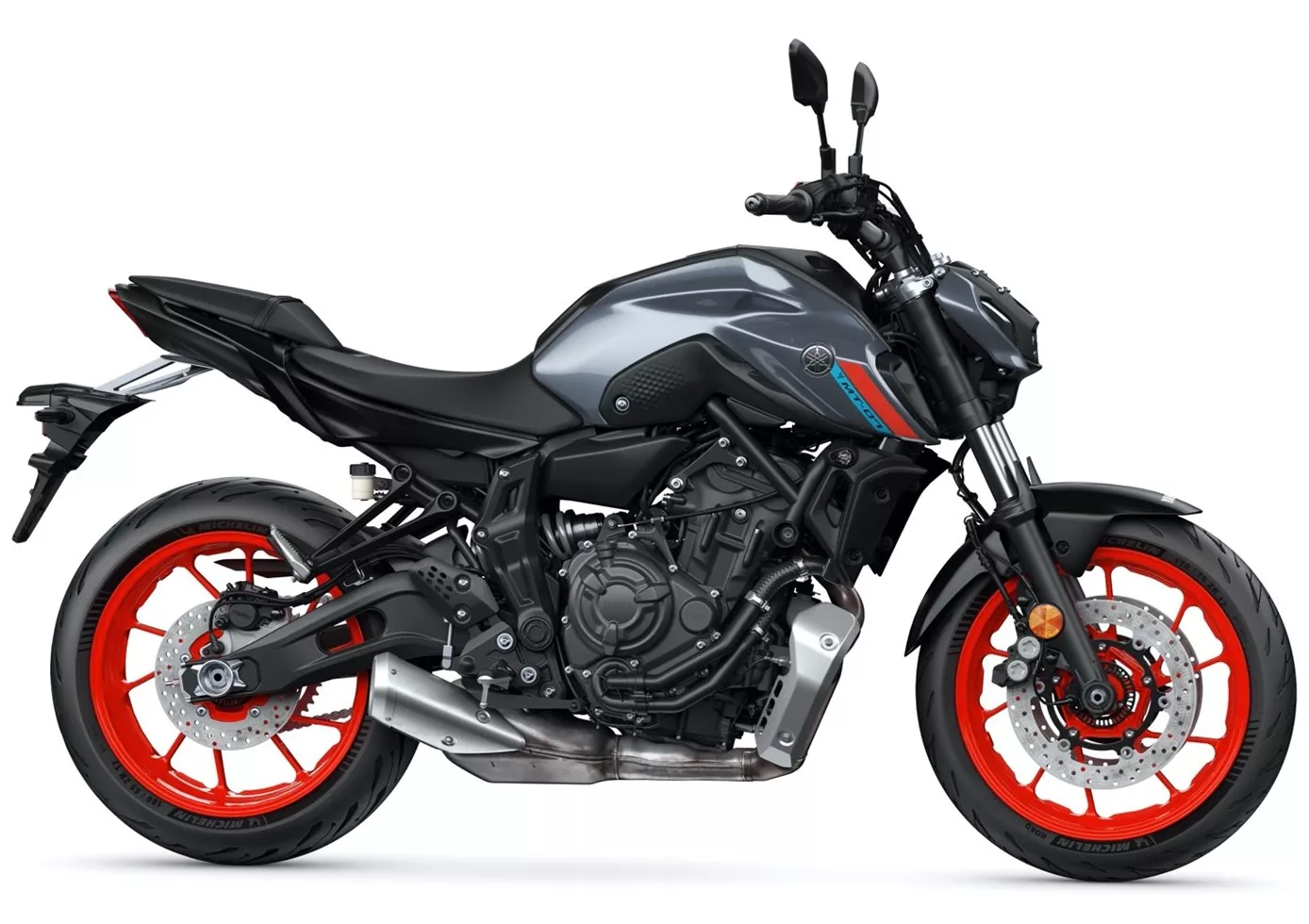
Simply casual motorcycling! The MT-07 conveys carefree joie de vivre and you love to waggle the lively machine through the bends. The engine is still a guarantee for riding fun. It's amazing how much fire blazes in this little part. Unfortunately, the chassis is still not really good. Together with the missing quickshifter, it is reminiscent of the Yamaha's mild price tag.
Price Comparison Avarage Market Price Suzuki SV 650 vs Yamaha MT-07
There are a few key differences between a Suzuki SV 650 2016 and a Yamaha MT-07 2021. In terms of price, the actual average price of a Yamaha MT-07 2021 is about 32% higher. Compared to Yamaha MT-07 2021 there are less Suzuki SV 650 2016 bikes available on the 1000PS.de Marketplace, specifically 11 compared to 25. It takes less time to sell a Suzuki SV 650 with 80 days compared to 91 days for a Yamaha MT-07. Since model year 2005 1000PS.de editors have written 25 reviews for the Suzuki SV 650 and 69 reviews for the Yamaha MT-07 since model year 2013. The first review for the Suzuki SV 650 was published on 26/09/2008 and now has more than 14,200 views. This compares to more than 12,600 views for the first review on Yamaha MT-07 published on 04/11/2013.
